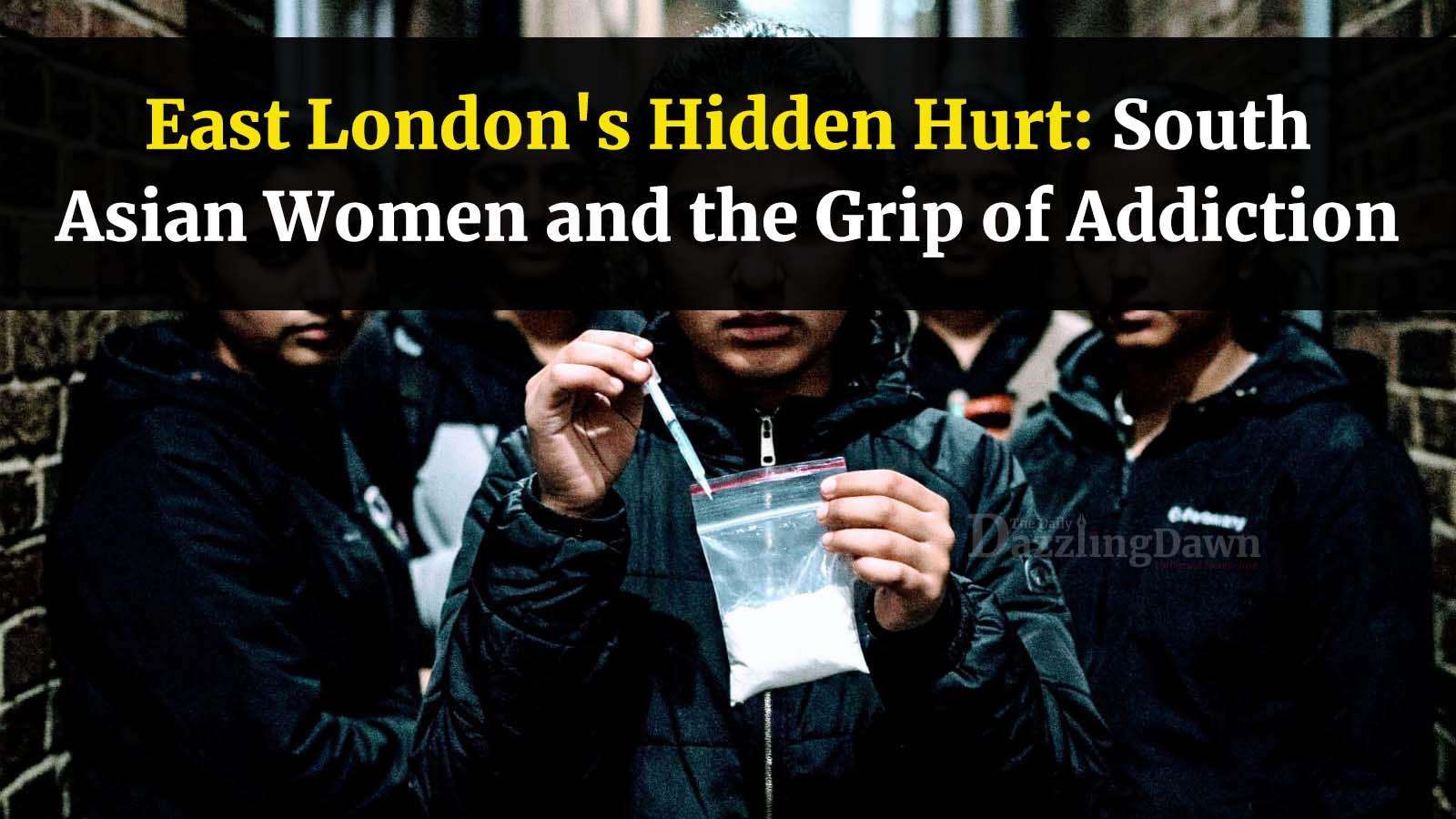A hidden crisis is unfolding within East London, particularly in Tower Hamlets, where a significant Bangladeshi community resides. While national statistics highlight the UK's broader drug problem, a more granular examination reveals a concerning trend: the escalating challenges faced by South Asian women grappling with addiction. Research conducted by Drug Testing Kits UK, which analyzed hospital admissions, drug-related deaths, and five-year changes in drug use, underscores the severity of the issue. Although national data points to regions like the North West, North East, and Yorkshire as hotspots, the specific vulnerabilities within the South Asian community in East London, particularly among women, demand focused attention.
The national landscape, as revealed by the study, indicates that men are significantly more likely to be admitted to hospitals for drug-related issues. For instance, in the North West, which has the highest number of drug-related hospital admissions at 18 per 100,000 population, male admissions nearly triple those of women (965 compared to 350). Similar trends are observed in Yorkshire and the Humber, where male admissions more than double female admissions. However, within the South Asian communities of East London, and particularly in Tower Hamlets, the reasons behind the female addiction are more complex. Cultural stigma, language barriers, and limited access to culturally sensitive support services amplify the problem. While London, as a whole, records 13 drug-related hospital admissions per 100,000 population and demonstrates a 28% increase in drug use over the last five years, the data does not effectively highlight the specific struggles of South Asian women.
The study by Drug Testing Kits UK also revealed that the North East has the highest drug misuse crude death rate at 87.3 per million, and Yorkshire and the Humber experienced a 31% increase in drug use over five years. James Gunter, sales director at the company, emphasized the correlation between industrial decline and substance abuse, a factor acutely relevant to East London's socio-economic landscape. However, the South Asian communities, and especially the women, face additional burdens: cultural expectations, familial pressures, and limited access to culturally appropriate mental health support.
The challenge is not merely medical but deeply social. The stigma surrounding addiction within South Asian communities often prevents women from seeking help. Language barriers further exacerbate the problem, limiting access to available resources. The lack of targeted research and data collection specific to these communities obscures the true extent of the issue. Therefore, culturally sensitive intervention strategies, community engagement, and mental health support tailored to the specific needs of South Asian women are urgently required. Ignoring this hidden crisis will perpetuate a cycle of suffering, further marginalizing a vulnerable population.
A disturbing trend has emerged within South Asian communities in the UK, with thousands, including underage individuals, succumbing to addiction to weed vapes containing synthetic cannabis. These readily available devices, often marketed with enticing flavors and deceptive labeling, deliver a potent and unpredictable high, leading to severe health consequences and dependency. The allure of discreet consumption and perceived harmlessness masks the significant risks, as synthetic cannabinoids can trigger psychosis, seizures, and long-term mental health disorders. This growing crisis demands urgent intervention, including targeted education campaigns, stricter regulation of vape products, and culturally sensitive support services to address the unique challenges faced by this vulnerable population.
_2.jpg)
_1.jpg)






.svg)


